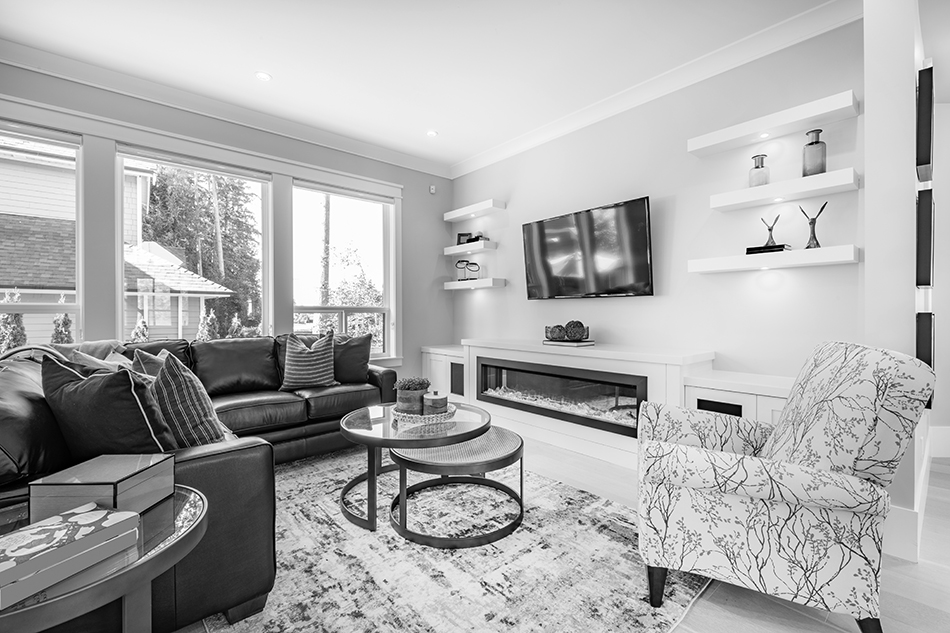Understanding the Difference Between Walls-In vs. Bare Walls Coverage
Condos and townhomes are in a unique situation when it comes to insurance. The structure of these buildings is shared by its residents—so the answer to the question of who pays if damage occurs isn’t always cut and dried. Is it the homeowner? The community’s association? Both? LIO Insurance’s President and Chief Operating Officer Seth Hall talks with AVP of Property Claims Brian Burke to clear up the confusion of walls-in vs. bare walls coverage for brokers and property managers.
4 Things to Know About Walls-In vs. Bare Walls Coverage
 1. What is bare walls coverage? “Think of ‘bare walls’ coverage as the wall surface, either with a coat of paint or unfinished,” says Burke, “with the association covering anything behind that wall surface, below the floor finish, and above the ceiling such as the framing, wiring, insulation, and plumbing.” It can also cover shared structures such as entryways and firewalls.
1. What is bare walls coverage? “Think of ‘bare walls’ coverage as the wall surface, either with a coat of paint or unfinished,” says Burke, “with the association covering anything behind that wall surface, below the floor finish, and above the ceiling such as the framing, wiring, insulation, and plumbing.” It can also cover shared structures such as entryways and firewalls.
What’s important to know: Bare walls coverage is taken out by the community’s association and doesn’t cover damage to any of the finishes in the unit or personal property.
2. What is single-entity coverage? Single-entity coverage, also known as studs-in or walls-in insurance coverage, is more comprehensive than bare walls coverage, covering what was there when the unit was built, according to Burke. This includes damages that occur to the original finishes: flooring, cabinets, and fixtures.
What’s important to know: Single-entity coverage held by the community’s association will repair to match what was originally there when the unit was built. It doesn’t cover any upgrades that may have been made by the homeowner in the meantime, such as replacing carpets or cabinets. These expenses would not be covered by an HOA’s walls-in coverage and would be left for the homeowner to pay.
3. What is all-in coverage? “All-in coverage held by the community’s association will cover what is present when the damage occurs,” Burke shares. This includes any upgrades the homeowner has made to the unit’s finishes.
What’s important to know: While the current finishes are covered, all-in coverage doesn’t include damage to personal property. The homeowner would need to have their own coverage for that.
4. What is the biggest misconception about these three coverages? Burke feels that homeowners get hung up on where the loss occurred. For example, if a pipe bursts outside their unit, they may believe the association is covering all damages, when in reality, “There are going to be things that the association policy covers, and there are going to be things that the unit owner is responsible for,” depending on the type of policy the association carries.
 What’s important to know: Have a clear understanding of what the community’s coverage is (walls-in, bare walls, all-in) and what kind of coverage unit owners should have so they aren’t surprised by what’s covered if damage occurs. These coverages should work together to repair, rebuild, and replace so that the unit owner can get back to normal as quickly as possible.
What’s important to know: Have a clear understanding of what the community’s coverage is (walls-in, bare walls, all-in) and what kind of coverage unit owners should have so they aren’t surprised by what’s covered if damage occurs. These coverages should work together to repair, rebuild, and replace so that the unit owner can get back to normal as quickly as possible.
The Right Insurance Partner For Property Managers and Brokers
Making sure community associations have the most comprehensive coverage for their needs and budget is our top priority at LIO Insurance. We don’t make one-size-fits-all policies—we use our combined 25 years of association insurance experience to tailor policies that fit each HOA’s bylaws, so the coverage works for your unique situation.
 Not only that, but we make the insurance easy to get, with quotes and bindable coverage issued in minutes through our latest technology.
Not only that, but we make the insurance easy to get, with quotes and bindable coverage issued in minutes through our latest technology.
If you’re a broker or property manager looking for more comprehensive and flexible association insurance, LIO may be the partner for whom you’re looking. Talk to LIO today for the walls-in, bare walls, or all-in solution you need. And watch the video above for Seth Hall and Brian Burke’s complete discussion on walls-in and bare walls coverages.


